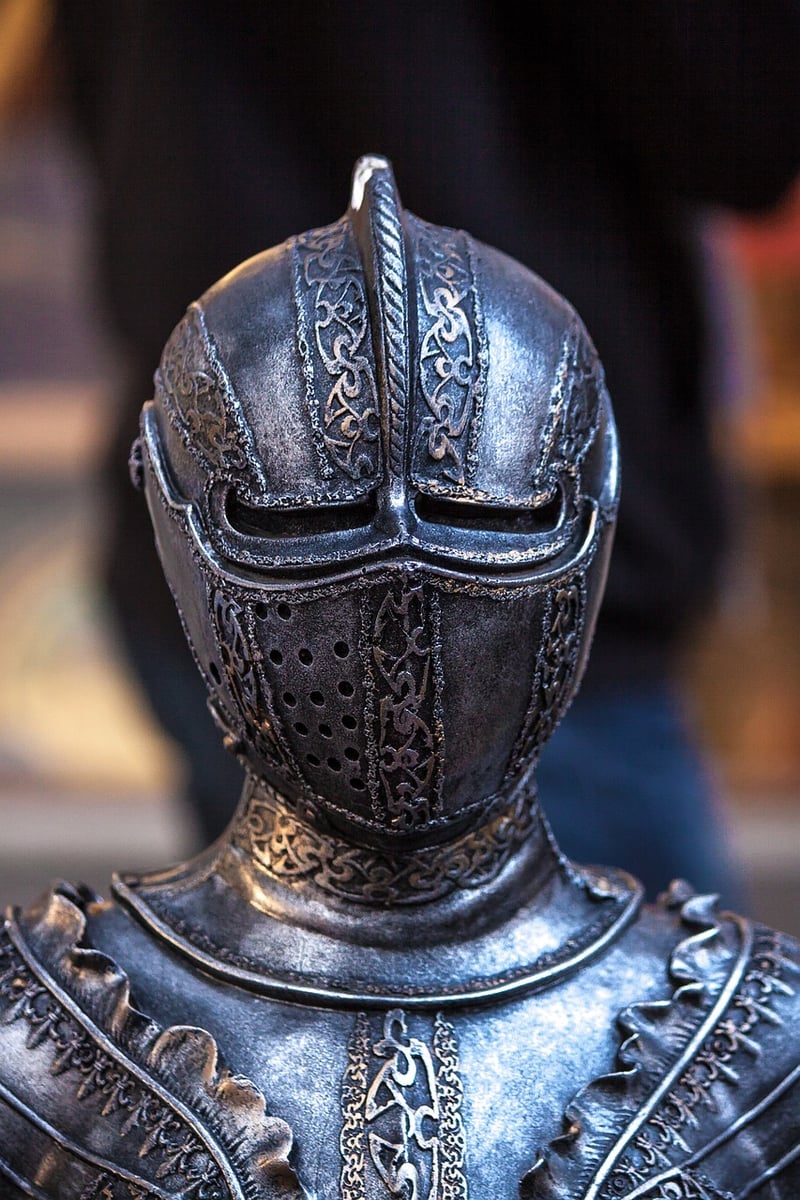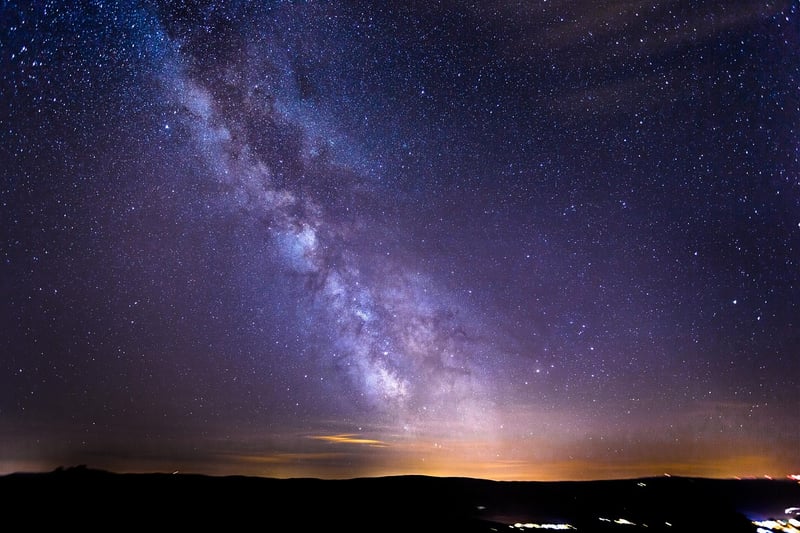Future Exploration
Exploring Different Eras and Future Exploration
Introduction
Exploring different eras allows us to understand how societies, cultures, and technologies have evolved over time. From ancient civilizations to the modern world, each era has its unique characteristics and contributions to human history. Additionally, looking towards future exploration provides us with insights into what innovations and advancements may shape the world ahead.
Ancient Era
The ancient era, spanning from the emergence of civilizations to the fall of the Roman Empire, is characterized by monumental achievements in architecture, art, and governance. Civilizations like the Egyptians, Greeks, and Romans left a lasting impact on areas such as philosophy, mathematics, and engineering.

Medieval Era
The medieval era, marked by feudalism and the rise of empires, saw the flourishing of art, literature, and exploration. The Vikings, Crusades, and Renaissance were pivotal events that shaped this period, leading to significant advancements in trade, navigation, and culture.

Modern Era
The modern era, beginning with the Age of Discovery and continuing into the Industrial Revolution and beyond, brought about rapid technological progress and globalization. Innovations in science, industry, and communication transformed societies and paved the way for the modern world we live in today.

Future Exploration
Looking ahead, future exploration encompasses space travel, artificial intelligence, sustainability, and beyond. Projects like Mars colonization, quantum computing, and renewable energy aim to push the boundaries of human knowledge and capabilities, opening up new frontiers for exploration and discovery.

Conclusion
Exploring different eras provides us with a rich tapestry of human history, showcasing our capacity for innovation, adaptation, and progress. By embracing future exploration, we can continue to push the limits of what is possible and shape a better tomorrow for generations to come.
